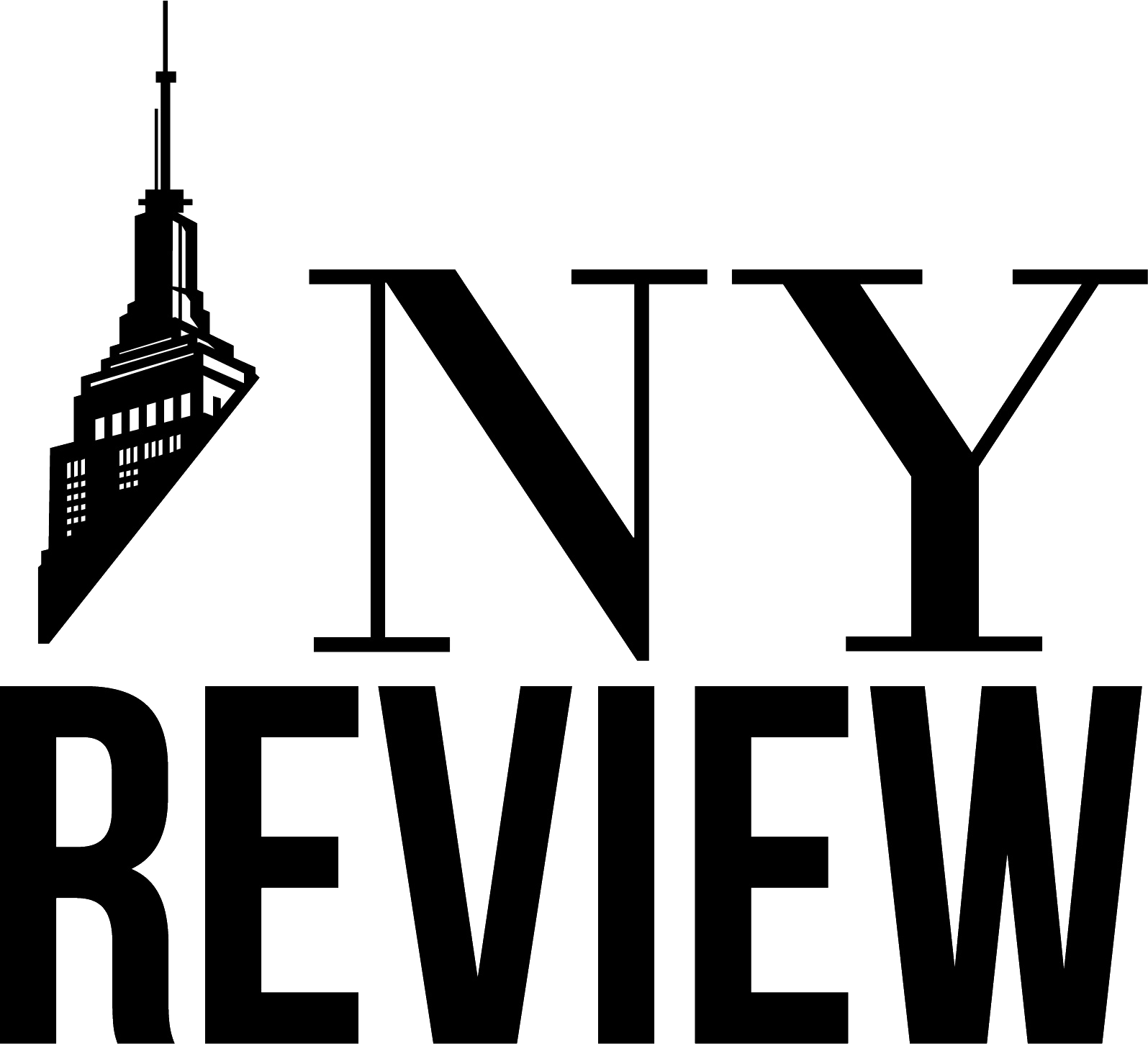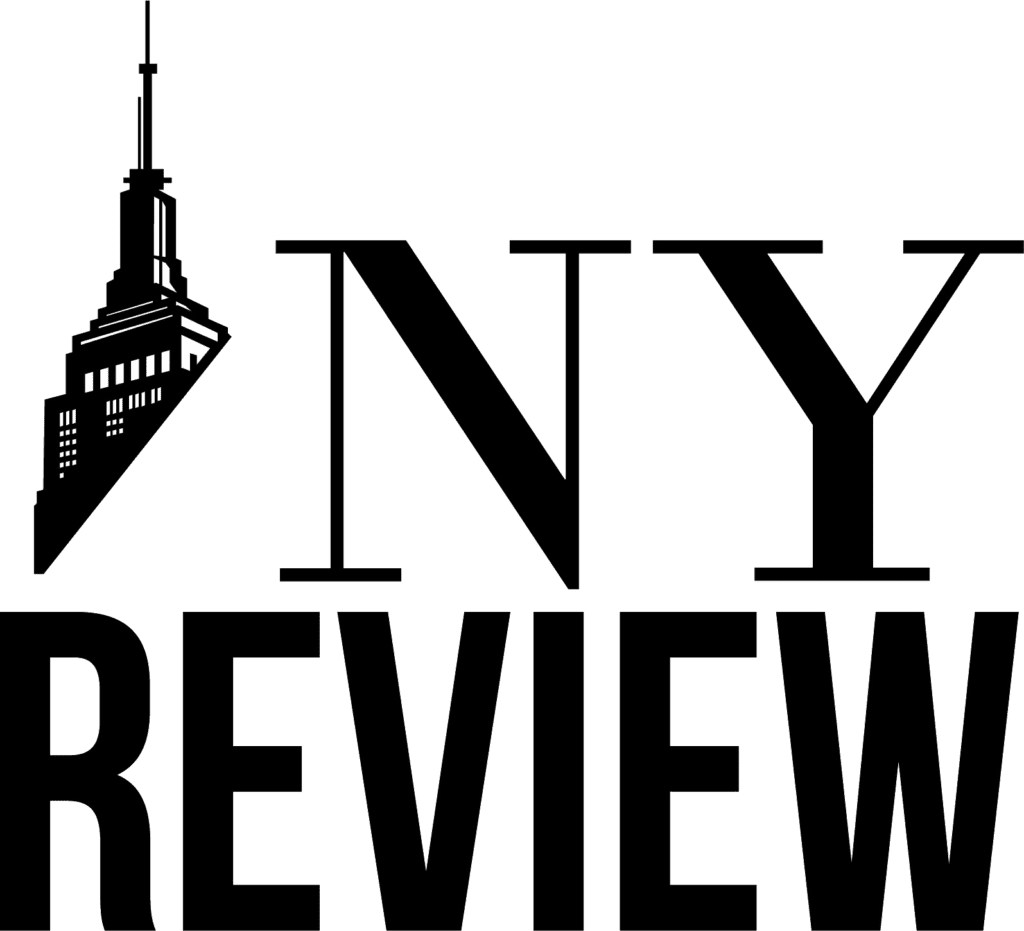Global investment powerhouse The Carlyle Group announced on October 4, 2025, that it will release its third-quarter financial results on October 31. The announcement has already drawn significant attention from investors and analysts, who view Carlyle’s performance as a bellwether for the broader private equity and alternative investment sectors. With economic conditions tightening and investor scrutiny increasing, Carlyle’s upcoming report is expected to shed light on how major private market firms are adapting to a rapidly evolving financial landscape.
The Carlyle Group, headquartered in Washington, D.C., manages more than $400 billion in assets across private equity, credit, and real assets. As one of the largest and most influential firms in the industry, its results often provide insight into broader trends affecting global private markets. The firm’s upcoming earnings release is particularly notable because it may include details about a potential shift in how Carlyle benchmarks its performance—a move that could influence how other private equity firms report returns and manage investor expectations.
Analysts anticipate that Carlyle’s third-quarter figures will reveal the firm’s resilience in the face of higher borrowing costs, muted exit activity, and fluctuating valuations among portfolio companies. Rising interest rates have reshaped deal structures across private markets, with many firms finding it more expensive to finance buyouts and recapitalizations. Meanwhile, exit opportunities through public listings and strategic sales have slowed, putting additional pressure on private equity managers to extract value through operational improvements rather than rapid exits.
Read Also: https://nyreview.com/soho-house-to-go-private-in-2-7-billion-insider-led-deal/
Some investors are also watching closely for signals that Carlyle might adopt new benchmarking methodologies to reflect the evolving nature of private asset performance. Traditionally, private equity firms have relied on comparisons to public market indices or long-term peer performance benchmarks. However, these measures have been criticized for lagging behind real-time market conditions and failing to capture short-term value fluctuations. A shift toward more dynamic, data-driven indices—potentially incorporating real-time valuations or blended asset-class measures—could represent a significant step forward in how firms like Carlyle measure and communicate performance to limited partners.
According to financial analysts, the potential benchmarking adjustment would not only affect Carlyle’s internal reporting but could also influence industry standards more broadly. “Carlyle has a reputation for being at the forefront of financial transparency and operational innovation,” said Mark Jeffries, a private markets strategist at Meridian Capital Advisors. “If they move to a more responsive performance index, we could see other global managers follow suit, especially as investors demand greater clarity and real-time insight into portfolio performance.”
Carlyle’s leadership has not confirmed any official benchmarking changes, but executives have hinted at ongoing evaluations of performance measurement practices. In a recent investor update, co-CEO Harvey Schwartz noted that the firm remains committed to “enhancing reporting accuracy and aligning value assessment with market realities.” Industry observers interpret this as a potential prelude to adjustments that better reflect current economic conditions, particularly as private markets evolve beyond traditional valuation models.
Despite economic headwinds, Carlyle’s fundraising momentum has remained robust throughout 2025. The firm recently reported oversubscriptions in several of its flagship growth and infrastructure funds, suggesting continued confidence from institutional investors such as pension funds, sovereign wealth funds, and endowments. These investors are increasingly seeking exposure to private markets as a hedge against inflation and volatility in public equities, even as higher interest rates make capital deployment more selective.
However, the third-quarter earnings report could serve as a reality check for the broader private equity landscape. Many firms have faced slowing capital deployment, fewer exits, and downward revisions in portfolio valuations amid a less favorable macroeconomic environment. Analysts expect Carlyle to provide guidance on how it plans to navigate the remainder of 2025, particularly with respect to maintaining returns and liquidity amid tighter credit markets.
Investor sentiment will likely hinge on how the firm articulates its strategy for balancing growth and caution. Carlyle’s diversified platform—spanning corporate buyouts, credit funds, and real assets—has traditionally helped cushion volatility in any single asset class. Yet, the firm faces the same structural challenges as its peers: prolonged holding periods, reduced distributions, and heightened competition from both established and emerging alternative asset managers.
The potential shift in benchmarking could also have implications for Carlyle’s investor relations. By adopting a more transparent and adaptive approach to performance measurement, the firm may strengthen its credibility with limited partners who have grown increasingly demanding about data access and real-time reporting. Such a move would align with a broader industry trend toward modernization and standardization in private market reporting, driven by both regulatory attention and investor expectations.
As the October 31 release date approaches, markets are preparing for Carlyle’s report to serve as an indicator of broader private market health. Analysts will be closely watching key metrics such as fee-related earnings, distributable profits, and fund performance across asset classes. Any indication of a benchmarking revision or adjustment in valuation methodology could ripple through the entire sector, influencing how investors assess fund performance and how other private equity giants respond.
For now, investors appear cautiously optimistic. Despite the challenges of a high-interest-rate environment and global economic uncertainty, Carlyle continues to demonstrate strong institutional backing and a commitment to innovation in portfolio management. Whether the firm ultimately revises its internal benchmarks or simply reinforces its existing methodology, its third-quarter results are poised to be a defining moment for private equity transparency and investor confidence in late 2025.


